Couple of things missing
- shadowPath
- shadowOpacity
vc.layer.masksToBounds = false
vc.layer.shadowColor = #colorLiteral(red: 0.9254902005, green: 0.2352941185, blue: 0.1019607857, alpha: 1)
vc.layer.shadowRadius = 5
vc.layer.shadowOffset = CGSize(width: 0, height: 0)
vc.layer.shadowPath = UIBezierPath(rect: vc.bounds).cgPath
vc.layer.shadowOpacity = 1.0
let animationX = CABasicAnimation()
animationX.keyPath = "shadowOffset"
animationX.fromValue = vc.layer.shadowOffset
animationX.toValue = CGSize(width: 10, height: 10)
animationX.duration = 1
vc.layer.add(animationX, forKey: animationX.keyPath)
By default shadowOpacity is 0.
Final O/P

EDIT:
If you want shadow to persist in its position even after animation specify
- fillMode
- isRemovedOnCompletion
final code will look like
func animate(vc: UIView) {
vc.layer.masksToBounds = false
vc.layer.shadowColor = #colorLiteral(red: 0.9254902005, green: 0.2352941185, blue: 0.1019607857, alpha: 1)
vc.layer.shadowRadius = 5
vc.layer.shadowOffset = CGSize(width: 0, height: 0)
vc.layer.shadowPath = UIBezierPath(rect: vc.bounds).cgPath
vc.layer.shadowOpacity = 1.0
let animationX = CABasicAnimation()
animationX.keyPath = "shadowOffset"
animationX.fromValue = vc.layer.shadowOffset
animationX.toValue = CGSize(width: 10, height: 10)
animationX.duration = 1
animationX.fillMode = .forwards
animationX.isRemovedOnCompletion = false
vc.layer.add(animationX, forKey: animationX.keyPath)
}
Final O/P looks like:


